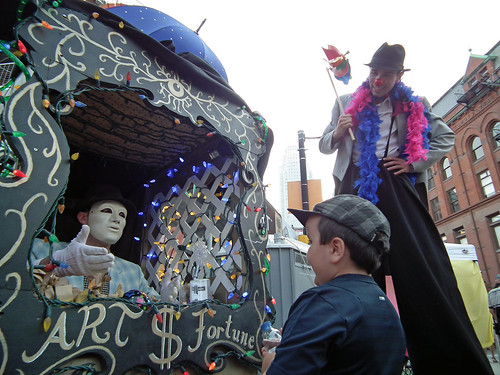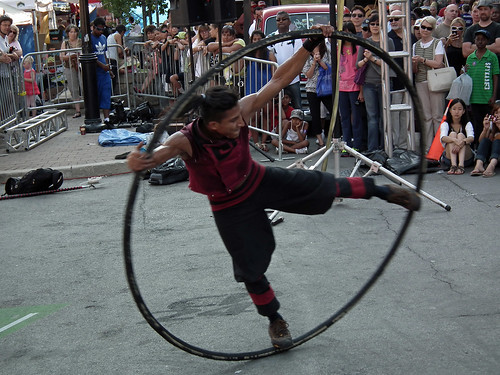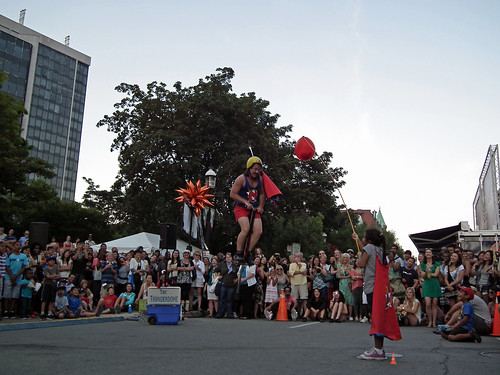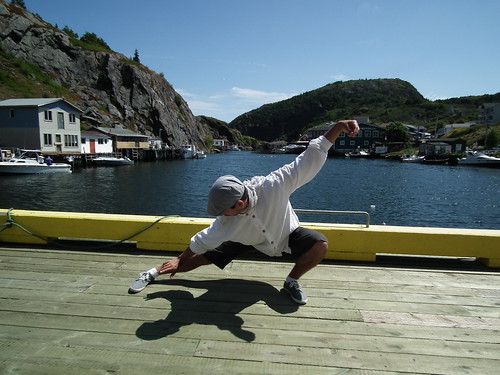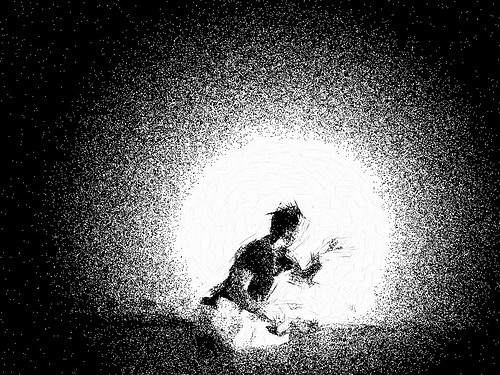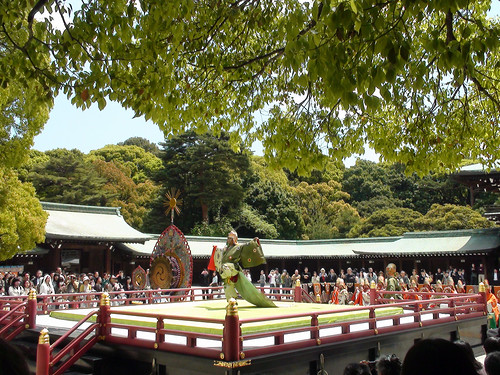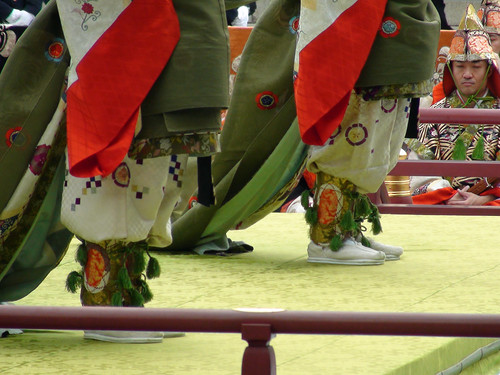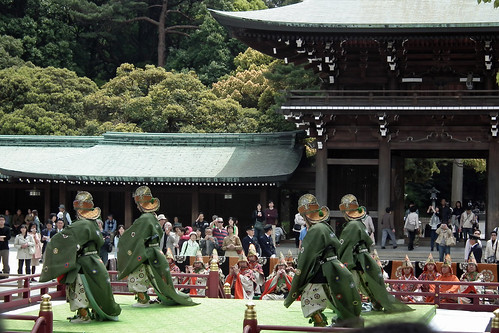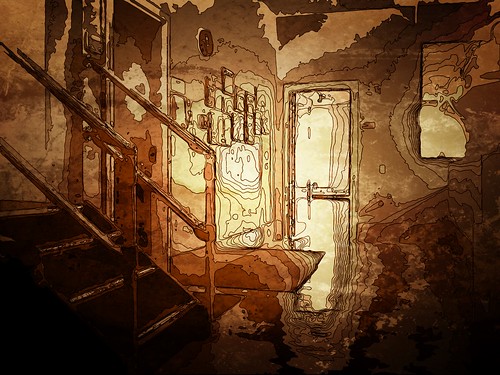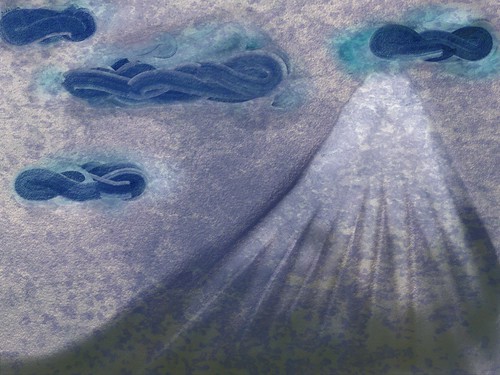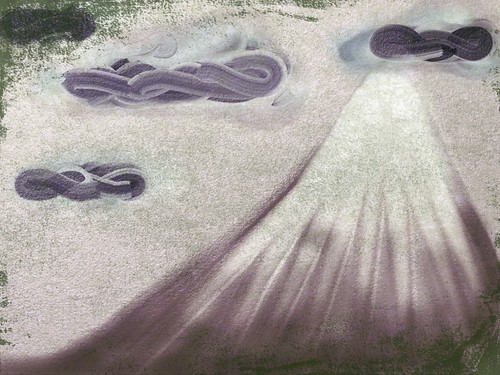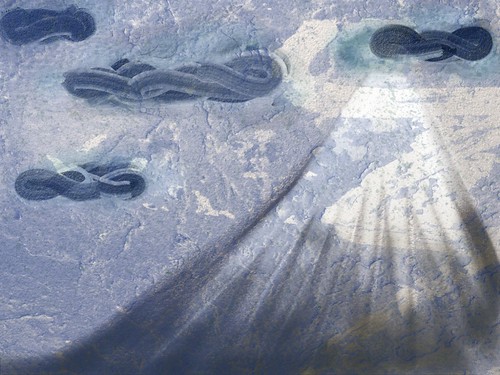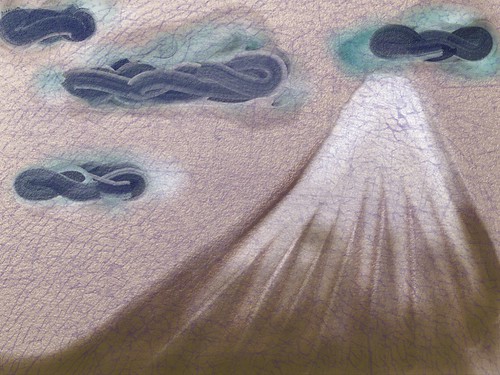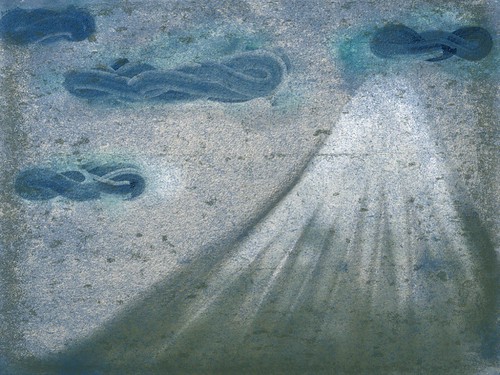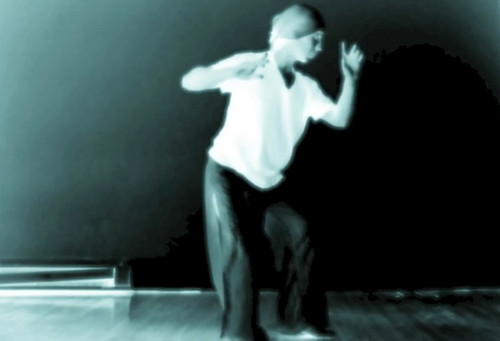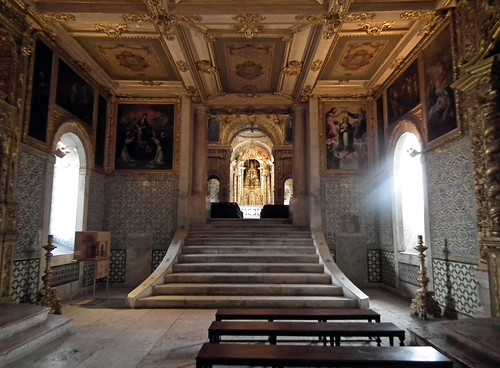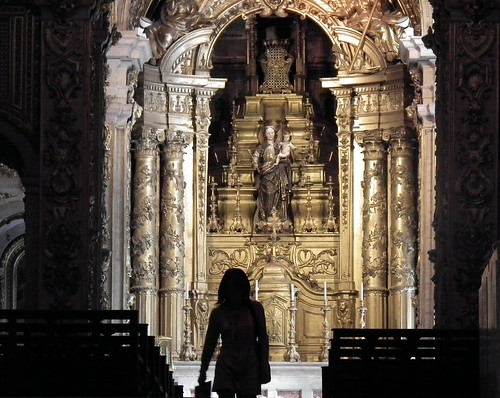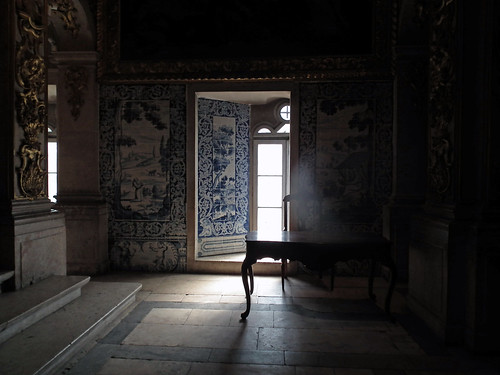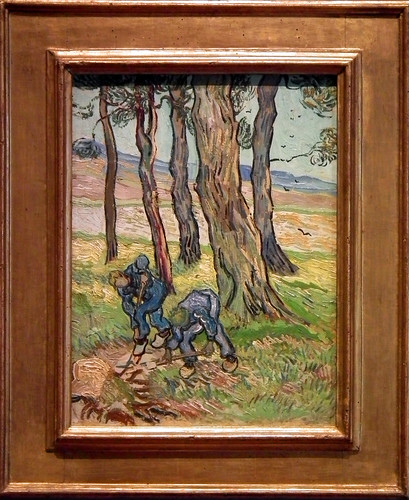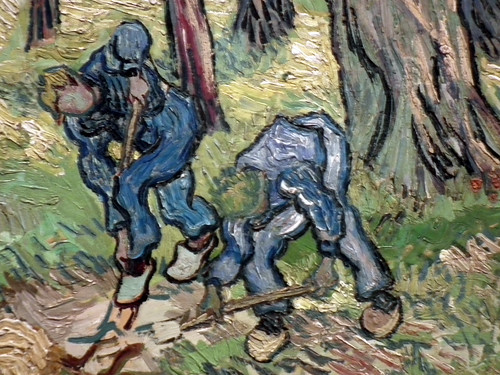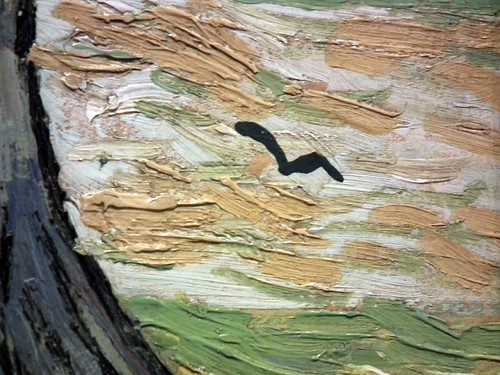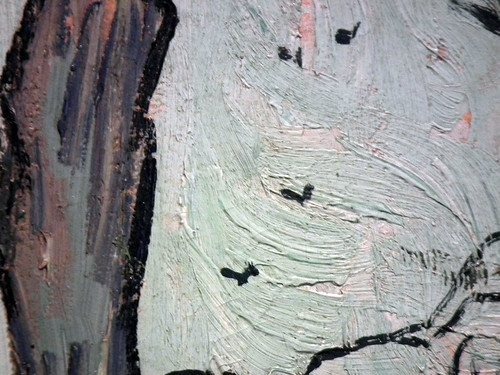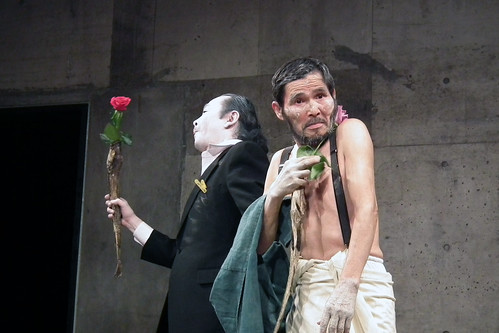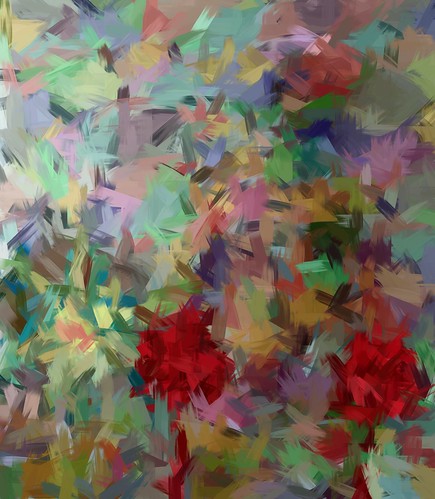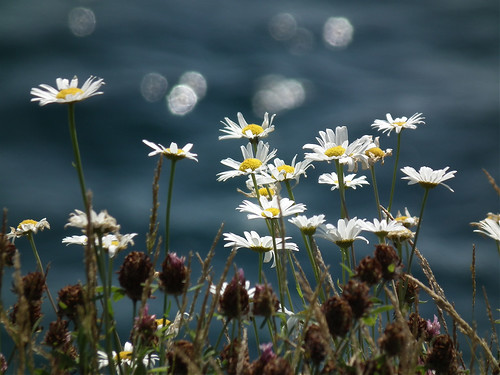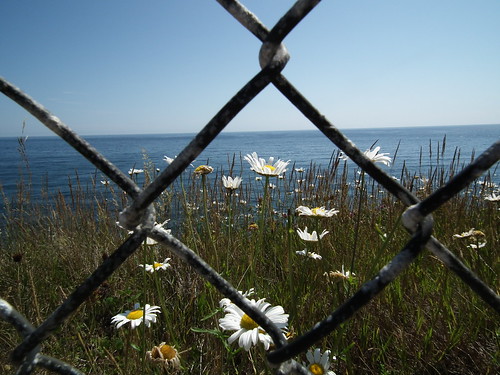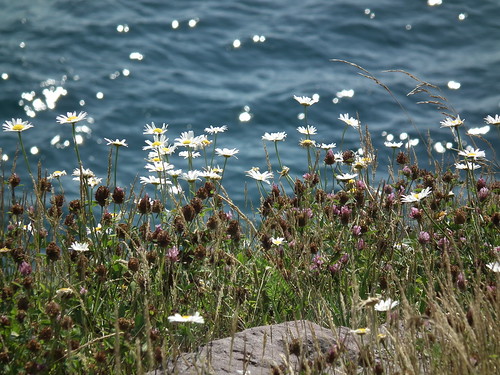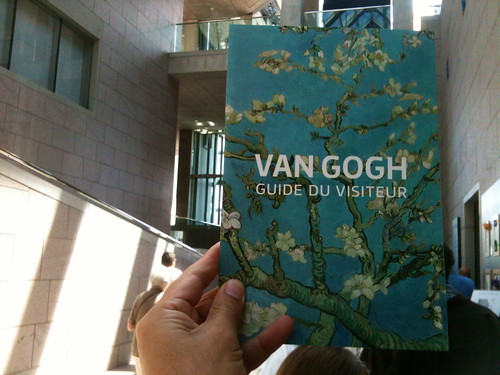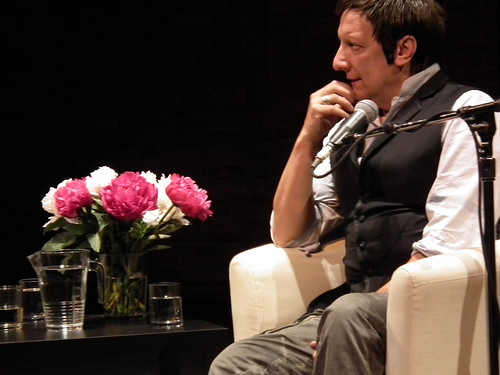 |
| Robert Lepage interviewed at Luminato Festival (By Gustavo Thomas. Toronto. 2012) |
Robert Lepage is one of the Canadian figures I have followed most during my already 3-year-long stay in Toronto. Every year he stages at least one production in the city, but I have also searched for his work in his home city, Québec.
Over time and through seeing his stagings, attending lectures on him and somehow studying his work, his image has set foot on the ground of my perception. Therefore I no longer need to avail myself of the qualifiers the Canadian press and critics shower him with, like "genius and visionary," and I’ve been able to place him as a theater director who knows well how to tell stories scenically and who makes great use of technology applied to the theater, as well as a financially successful artist who is secure in his continuous and personal exploration (which has a very chaotic character or, in any event, is carried by the same current of his own successes).
I've seen great moments in his productions, and other not so fortunate moments too; I'm rarely satisfied with the acting and I’m always surprised by the great love the Canadian public shows his work, as well as by the prices they pay to see his productions.
His latest production, the reason for this interview and which was also presented at the 2012 Luminato Festival in Toronto, “Playing Cards 1: Spades”, is part of a planned tetralogy with students (or so I understood) of the University of California in the United States.
 |
| Playing Cards 1: Spades. Luminato Festival (By Gustavo Thomas. Toronto. 2012) |
I had the opportunity to see Spades the night before the interview, at its premiere, so my head was full of questions about the reasons for the creation of this staging. The interview itself, conducted by researcher Renate Klett at one of the beautiful stages of the Canadian Stage Company in Toronto, did not elaborate at all on the creative work of Lepage and was little more than a kind of advertising report, in the style of a television review that included an interview with the creator, where the director talked about how the production came to be, how he achieved certain effects, and some additional curiosities about working with the actors. Obviously informative but not critical at all, the interview was boring for me and even cloying, with positive adjectives about Lepage's work that I would not expect from a serious researcher. In the end I thought, somewhat maliciously I admit, that if part of her work (including payments and trips around the world) depends on the proximity to very important people, then it would be professional suicide to openly and publicly criticize your interviewee.
My need to see and hear a critically objective interview was mostly because the production gave me the feeling of it being in a very high state of immaturity (that somehow Lepage accepted himself), uncharacteristic of all that I had seen from this director.
The play seemed to me, as a spectator, distant and cold, with a sort of naive view of the life of immigrants and of the American mindset. Everything happens on a circular stage with dozens of effects that became more of a problem for the actors than a solution for telling a story.
On the road that has taken me around the world to see great productions, some with wonderful technological effects and some without them (or, in any case, with the effects of a great training in acting), I do not find the work of Lepage as a whole as deep or enlightening, and I see it now only as just another example of a good stage show that has managed to reach economic success with respectability.
My experience with Einstein On The Beach was something completely different, where you know you’re in the face of a monumental masterpiece in every way. But that is the subject of another blog post.
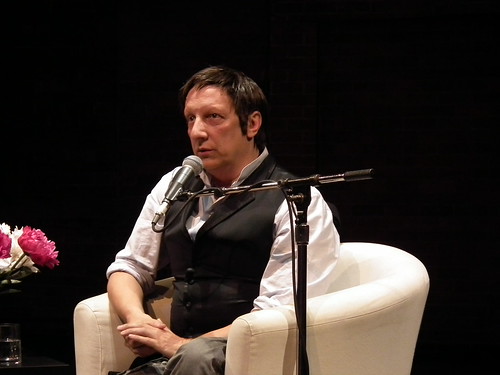 |
| Robert Lepage interviewed at Luminato Festival (By Gustavo Thomas. Toronto. 2012) |
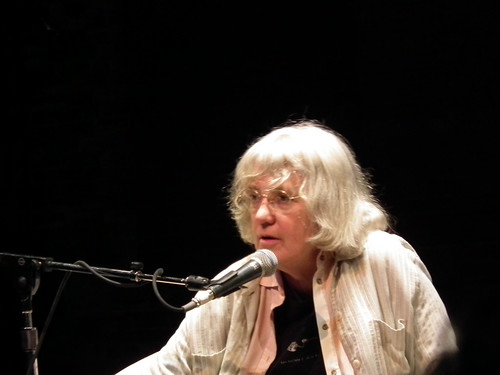 |
| Renate Klett interviews Robert Lepage. Luminato Festival. (By Gustavo Thomas. Toronto. 2012) |
Texts, photographs and videos in this Blog are all author's property, except when marked. All rights reserved by Gustavo Thomas.
If you have any interest in using any text, photograph or video from this Blog, for commercial use or not, please contact Gustavo Thomas at gustavothomastheatre@gmail.com.
